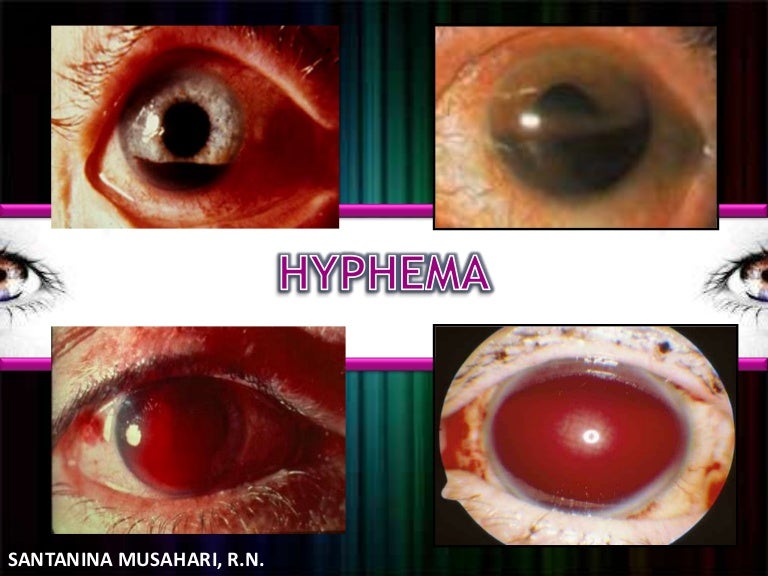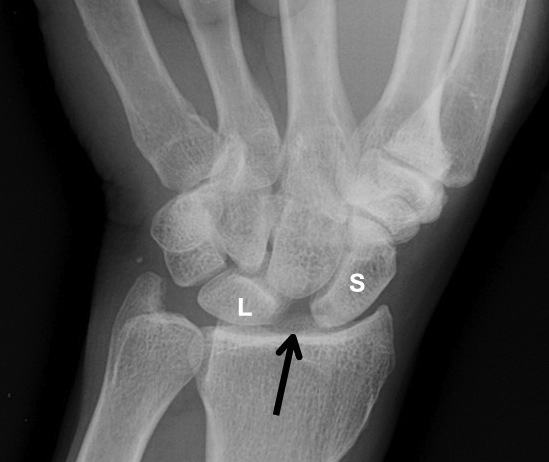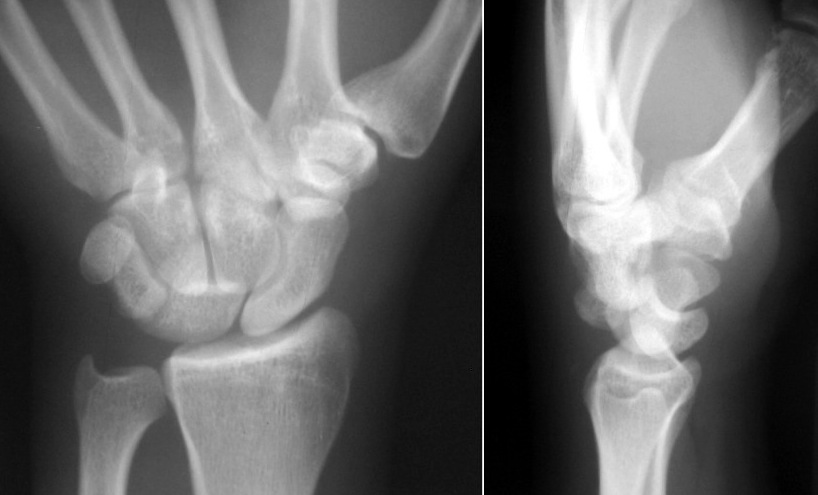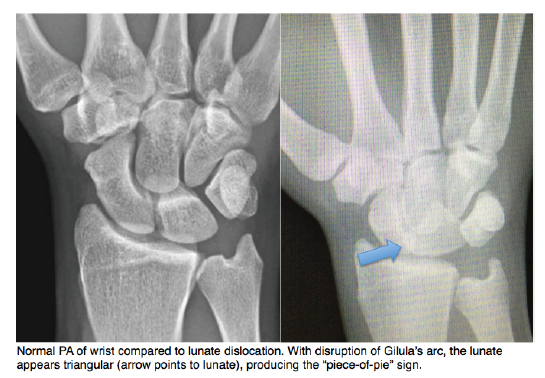23yM catches a racquetball with his left eye and comes in with pain.
In cases of ocular trauma, shearing of the vessels of the iris or ciliary body can cause blood to pool in the anterior chamber. Patients will have vision loss, pain, photophobia, tearing.
Grade 1 - <1/3rd of chamber
Grade 2 - 1/3rd - 1/2
Grade 3 - > 1/2
Grade 4 - complete filling (surgical)

First, elevate the head of the bead (prevent plugging of trabecular meshwork -> high IOP). Then, cycloplegics (atropine 1%) will help immobilize the iris and prevent rebleeding. Consult ophtho and possibly admit if Grade 2 or pt has increased IOP. If there is increased IOP, consider topical timolol or acetazolamide. Aspirin and NSAIDs are contraindicated for pain management. Rebleeding 3-5 days later is the most important complication. You discharge this patient with an eye shield and ophtho follow-up, and advise him to wear eye protection when playing racquetball.

Sources
Rosh Review
FOAMEM: Hyphema
LIFTL: Ophthalmology Befuddler
ERCast: Hyphema







